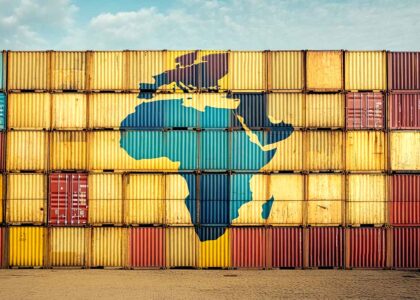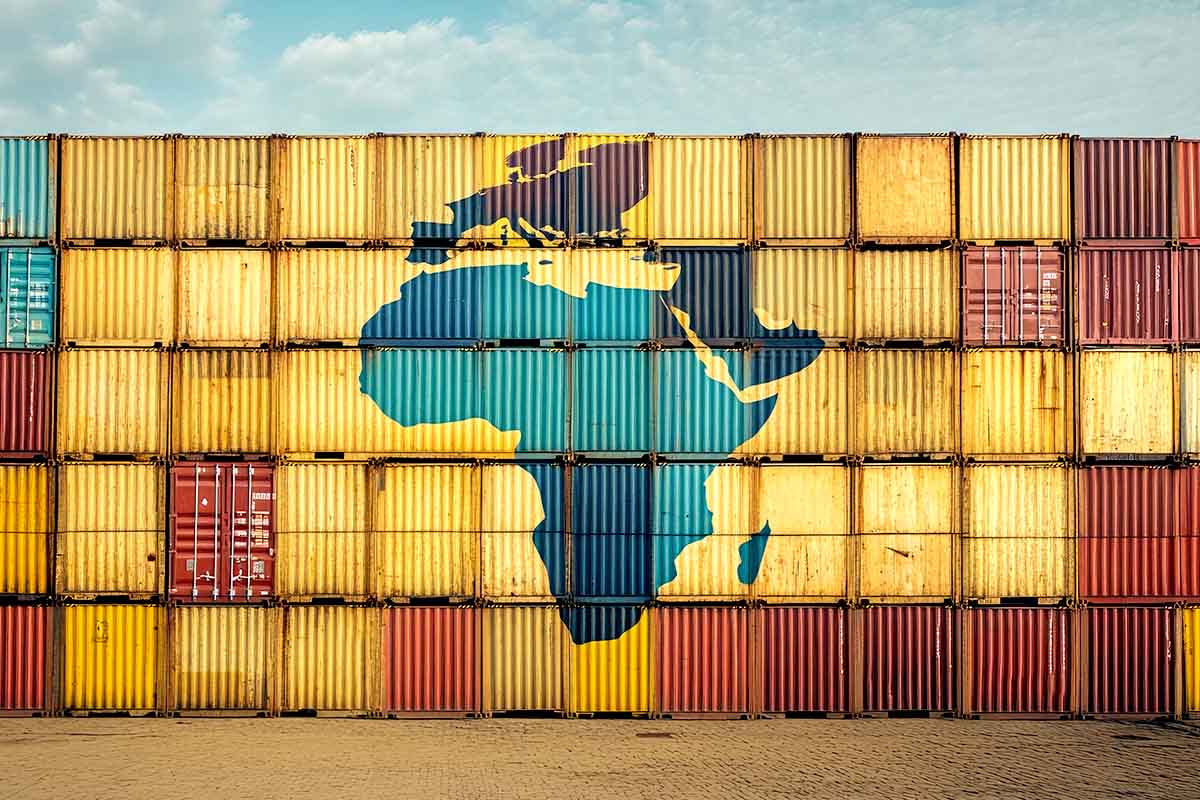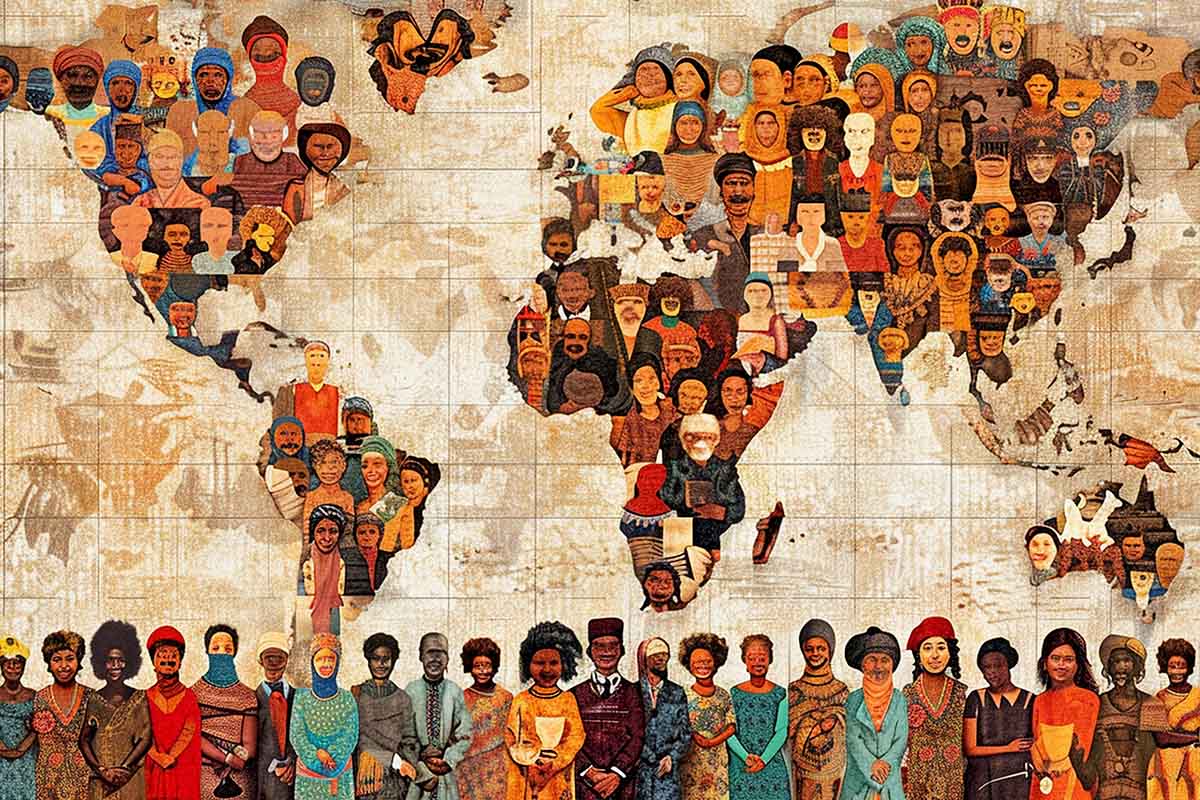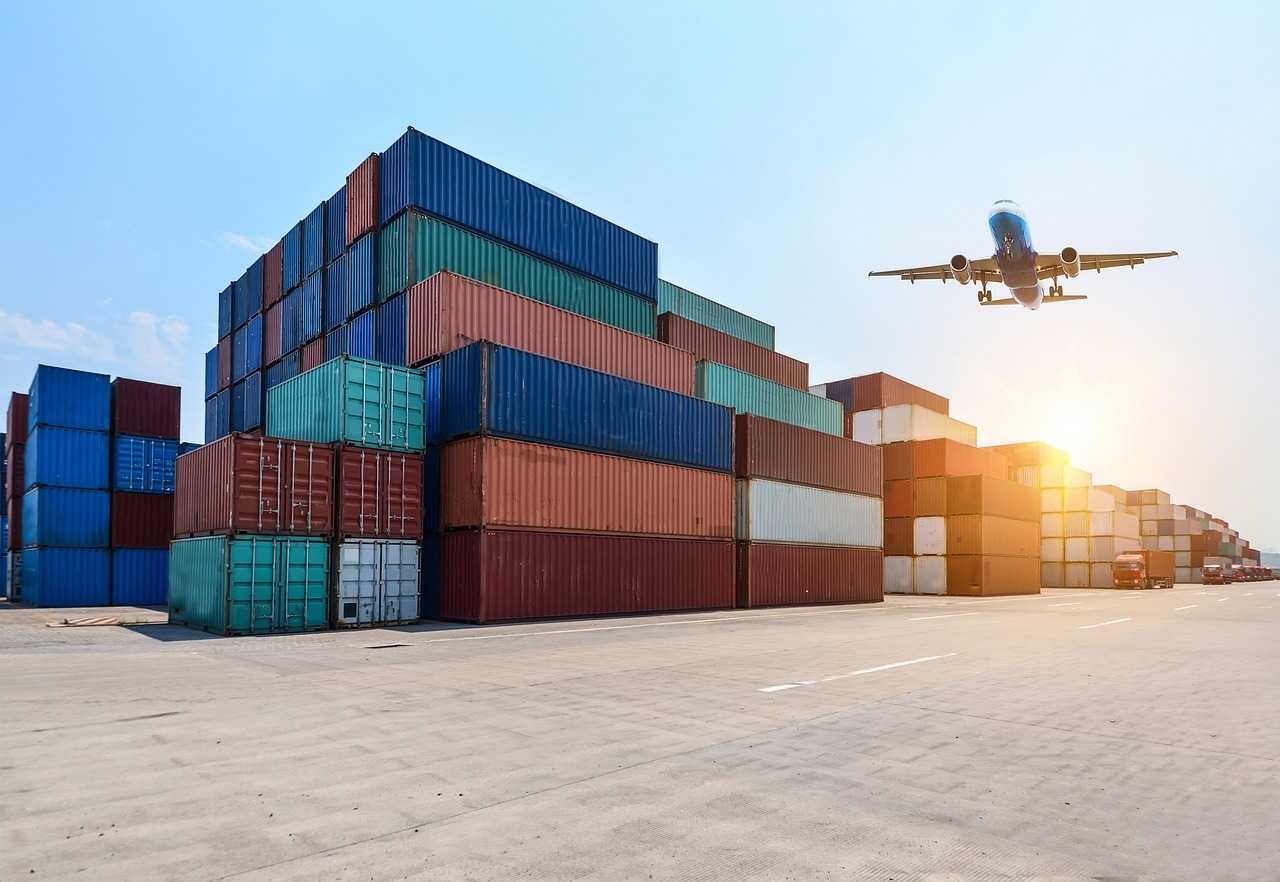Diaspora Remittance Dynamics
Impacting Africa’s Economy and Families
Though the exodus of skilled work force from the continent continues to take its toll on the economy of the continent, on the other hand, it has boosted capital flows, specifically through remittances, promotion of trade and investment, increasing knowledge and technology transfers.
Remittances are a critical source of external finance for Africa, with over 200 million African family members leveraging on the welfare support provided by their families in Diaspora. Due to the poor economic conditions and living standards, parents have come to the conclusion that the only pathway to success for their wards is to migrate, rather than forge a pathway in their home country. For many households, having a family member overseas is a lifeline, they are the difference between survival and destitution, between going to bed on an empty stomach and having a meal. Over the last decade, remittance flows to Africa doubled, reaching $100 billion in 2022, surpassing the funds received through Overseas Development Assistance (ODA) and Foreign Direct Investments (FDI).
As a matter of fact, records available for remittance flow into Africa is through the formal channel, considering informal and unregistered means used by migrants and Diasporas, including transactions through cryptocurrency, which is preferably used due to its untraceable nature and other in-kind remittances, then annual flow of remittance to Africa should be as high as 200 billion USD.
Remittance flows represent an important source of external inflows in Africa. In recent years, remittances have surpassed other financial flows, including Overseas Development Assistance (ODA), Foreign Direct Investments (FDI), and Portfolio investments, to become the largest consistent sources of external inflows in Africa. The African continent recorded a significant increase in net remittances from $37 billion in 2010 to $87 billion in 2019. Despite the decline of 3.9% to $83.6 billion in 2020 due to the Covid-19 pandemic, remittances increased to $95.6 billion in 2021. Two African countries, including Egypt and Nigeria, were among the top ten remittance recipients by amounts globally, having received $31.5 billion and $19.2 billion in remittances, respectively, in 2021. Other top recipients of remittances in 2021 include India ($89.4 billion), Mexico ($54.1 billion), China ($53.0 billion), Pakistan ($31.2 billion), Philippines ($36.7 billion), Bangladesh ($22.2 billion), France ($26.3 billion) and Germany ($20.4 billion) The countries most reliant on remittances vary significantly both globally and in Africa. The top countries globally with the highest remittances as a share of GDP included Lebanon (53.8%) and Tonga (43.9%). Tonga’s remittances inflows of $220 million contribute to about 44% of its total GDP. Four African countries were among the countries with the highest remittances as a share of GDP, over 20%, in 2021, including the Gambia (27.0%) and South Sudan (23.9%), Somalia (23.5%), and Lesotho (22.8%) in the top 5th, 9th, 11th, and 12th positions respectively, globally. The Gambia remittances of $545 million contributed to almost a third of its total GDP. Other African countries with high remittances as a share of GDP included Comoros (18.8%), Cape Verde (16.0%), Guinea Bissau (11%) and Liberia and Senegal, each with about 10% of remittances as a share of GDP. African Development Bank Group




















Your point of view caught my eye and was very interesting. Thanks. I have a question for you.
Thanks for sharing. I read many of your blog posts, cool, your blog is very good.
Can you be more specific about the content of your article? After reading it, I still have some doubts. Hope you can help me. https://accounts.binance.com/da-DK/register?ref=V2H9AFPY
Your point of view caught my eye and was very interesting. Thanks. I have a question for you.
I don’t think the title of your article matches the content lol. Just kidding, mainly because I had some doubts after reading the article.
Your article helped me a lot, is there any more related content? Thanks!
Can you be more specific about the content of your article? After reading it, I still have some doubts. Hope you can help me. https://accounts.binance.com/en-ZA/register?ref=JHQQKNKN
Can you be more specific about the content of your article? After reading it, I still have some doubts. Hope you can help me.
Can you be more specific about the content of your article? After reading it, I still have some doubts. Hope you can help me.
I don’t think the title of your article matches the content lol. Just kidding, mainly because I had some doubts after reading the article. https://accounts.binance.com/es/register-person?ref=T7KCZASX
Can you be more specific about the content of your article? After reading it, I still have some doubts. Hope you can help me.
Thank you for your sharing. I am worried that I lack creative ideas. It is your article that makes me full of hope. Thank you. But, I have a question, can you help me?
Your point of view caught my eye and was very interesting. Thanks. I have a question for you.
Your point of view caught my eye and was very interesting. Thanks. I have a question for you.
Thanks for sharing. I read many of your blog posts, cool, your blog is very good.
Thank you for your sharing. I am worried that I lack creative ideas. It is your article that makes me full of hope. Thank you. But, I have a question, can you help me?
I don’t think the title of your article matches the content lol. Just kidding, mainly because I had some doubts after reading the article.
Thanks for sharing. I read many of your blog posts, cool, your blog is very good.
Thank you for your sharing. I am worried that I lack creative ideas. It is your article that makes me full of hope. Thank you. But, I have a question, can you help me?
Thanks for sharing. I read many of your blog posts, cool, your blog is very good.
Thanks for sharing. I read many of your blog posts, cool, your blog is very good.
Can you be more specific about the content of your article? After reading it, I still have some doubts. Hope you can help me.
Your article helped me a lot, is there any more related content? Thanks!
Thank you for your sharing. I am worried that I lack creative ideas. It is your article that makes me full of hope. Thank you. But, I have a question, can you help me?
Can you be more specific about the content of your article? After reading it, I still have some doubts. Hope you can help me.
Thanks for sharing. I read many of your blog posts, cool, your blog is very good. https://www.binance.com/en-IN/register?ref=UM6SMJM3
Your article helped me a lot, is there any more related content? Thanks!
Your article helped me a lot, is there any more related content? Thanks!
I don’t think the title of your article matches the content lol. Just kidding, mainly because I had some doubts after reading the article.
Can you be more specific about the content of your article? After reading it, I still have some doubts. Hope you can help me.
Your point of view caught my eye and was very interesting. Thanks. I have a question for you.
Your point of view caught my eye and was very interesting. Thanks. I have a question for you.
Thank you for your sharing. I am worried that I lack creative ideas. It is your article that makes me full of hope. Thank you. But, I have a question, can you help me?
Your article helped me a lot, is there any more related content? Thanks!
Thank you for your sharing. I am worried that I lack creative ideas. It is your article that makes me full of hope. Thank you. But, I have a question, can you help me?
I don’t think the title of your article matches the content lol. Just kidding, mainly because I had some doubts after reading the article.
Thank you for your sharing. I am worried that I lack creative ideas. It is your article that makes me full of hope. Thank you. But, I have a question, can you help me?
Thanks for sharing. I read many of your blog posts, cool, your blog is very good.
Thank you for your sharing. I am worried that I lack creative ideas. It is your article that makes me full of hope. Thank you. But, I have a question, can you help me?
Your article helped me a lot, is there any more related content? Thanks!